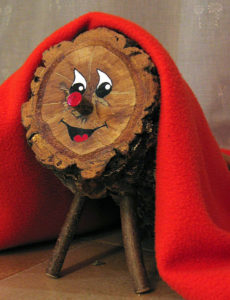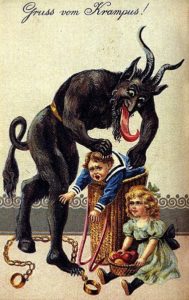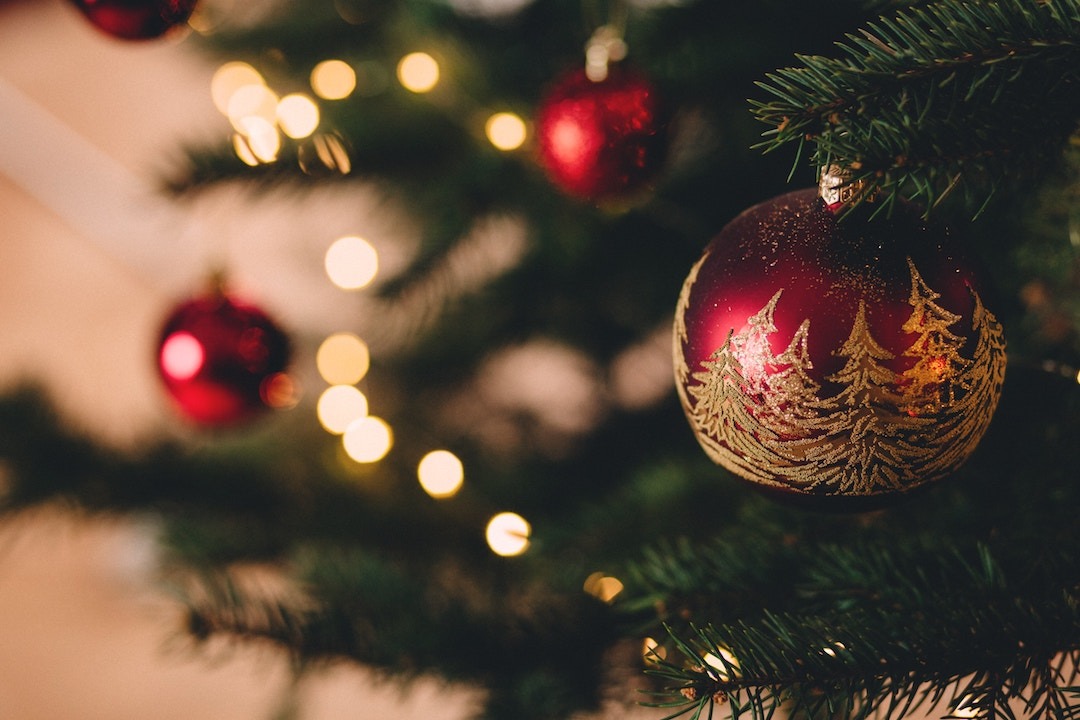Whatever your plans for the holiday season, we thought it would be interesting to reflect on the diverse Christmas traditions of the many countries we visit on our tours. Not all are of these celebrations are still widespread in the 21st century, and some of them travel across borders to be observed with minor variations in neighbouring countries. All, however, are fascinating and colourful expressions of the season.
Argentina
Argentina has a stronger European influence than some of its South American contemporaries, so you’ll find plenty of aesthetic similarities in Argentinian Christmas decorations. However, seeing as December is summertime south of the equator, it can be quite hot out. Christmas trees are sometimes decorated with cotton balls to represent snow that wouldn’t last five minutes in the Buenos Aires climate. A uniquely Argentinian addition to the festivities are globos, paper lanterns launched on Christmas Eve. Watching them drift across the night sky is lovely way to mark the season.
Chile
You’ll find plenty of festive holiday treats in any of the nations on this list, but none pack as much kick as the Chilean beverage Cola de Mono (“Monkey’s Tail”). Lore has it this drink’ll have you swinging from the ceiling. That’s probably down to the sugar, coffee and booze, which combine with milk and spices for a flavour reminiscent of a White Russian cocktail. Chilean aguardiente or pisco are most traditional, but if you’re curious to try this one at home, white rum is a fair substitute.
Catalonia



This work is licensed under a Creative Commons Attribution-ShareAlike 3.0 Unported License.
Catalonia’s Tió de Nadal might be one of the odder traditions here, though it shares some DNA with the Advent calendar and the piñata. The tió is a hollow logo, often painted with a smiling face and covered with a blanket to keep it warm. Beginning on December 8 children feed it snacks and candies. When Christmas Eve rolls around, the kids beat the log with sticks while asking it in singsong to poop out presents. When the songs are over, lo and behold the tió has dropped a stash of treats beneath the blanket. The tió has several scatological names and songs attached to it, ensuring this quirky tradition never gets old.
Belgium
Saint Nicolas is the patron saint of children, and Sinterklaas is his Belgian incarnation. His signature red outfit is the inspiration behind modern-day Santa Claus. Like Santa Claus he keeps a thorough naughty-and-nice list, but unlike Santa his off-season home is in Spain, and he makes the journey to Belgium by boat. Nor does he travel by reindeer, but rides a white horse. Instead of milk and cookies, some children leave a carrot or hay to feed Sinter’s faithful mount.
Germany
Many Germany children practice a variant of the old stocking-by-the-hearth tradition. While waiting for Father Christmas on the night of December 5th, they place a shoe or a boot outside their front door — perhaps recently cleaned, to show they’ve been good. If he buys it, the shoe will be filled with sweets and gifts come morning. If a child has landed on the naughty register instead, Father Christmas’ dour assistant Knecht Ruprecht will stuff it with coal, twigs, or stones.
Austria


Croatia
You’ve probably heard of yule logs (even if it’s only through the televised version). Croatia’s iteration is called a badnjak, and traditionally it would be cut on the morning of Christmas Eve. Families sprinkle it with wine or holy water while making their religious observations. Once lit it’s important the badnjak stay burning throughout the night, so someone must be sure to get up and tend the fire every few hours. With an increasingly urbanized population this one isn’t so widespread anymore, though it’s still practiced in rural areas.
Czech Republic
Most kids look forward to seeing Santa or his regional equivalent on Christmas Eve, but in the Czech Republic some look forward to seeing a golden pig. That’s down to a persistent legend that states anyone who fasts until dinner on the 24th will see a golden pig. It’s meant to be a sign of good luck, but whether it appears or not chances are most Czechs will break fast with fish. Carp with potato salad is a very traditional meal, so much so large tanks show up on the streets of Prague the week before Christmas full of fresh carp.
France
The French are known for their culinary excellence, so it’s no surprise Christmas meals can take a long time. In Provence that might mean following dinner with a whopping thirteen desserts. Les Treize Desserts de Noël are said to represent Jesus Christ and his twelve apostles. Exact menus vary, but fruits, nuts, biscuits and nougat are traditional. Most of the options are fairly light, and remain set out on the table until the 27th to give a family time to graze.
Ireland
A candle in the window seems like a quintessential Christmas decoration, but in Ireland at least the tradition has a double meaning. Officially the candle was meant as a symbol of hospitality and an invitation for Joseph and Mary to seek shelter there. The second meaning was more clandestine — in the 17th century Catholicism was suppressed, and Catholics practiced their faith in secret. A candle in the window at Christmas time was a beacon that told priests they could safely visit to say Mass. The candle tradition is less common today, but persists in some homes as a sign of welcome.
Italy
In some traditions Epiphany holds more religious significance than Christmas itself. That’s why in Italy children often receive their gifts on January 5, Epiphany Eve. Rather than a visit from Father Christmas, some Italian youngsters look forward to a visit from La Befana. Legend has it she was approached by the Three Wise Men during their search for Jesus, but she declined their offer to accompany them because she had housework to attend to. When she realized what an opportunity she’d missed she struck out on a search of her own, gifting presents to good little children along the way. She might even do a bit of sweeping before moving on, and children leave her a glass of wine as a token of thanks.
Portugal
The bolo-rei is the most famous of Portuguese Christmas desserts. Literally translating as “king cake,” it looks like a deluxe fruitcake topped with colourful candied fruit. A hole in the middle makes it resemble a crown. Baked inside it are a fava bean and a coin or small prize (some versions omit the latter, and commercial versions may omit both). The person who gets the prize can bask in their good luck for a whole year; the person eating the slice with the fava bean is declared the King and must supply next year’s bolo-rei.
Slovenia
An old Slovenian Christmas tradition revolves around baking three loaves of bread. Wheat, rye, and buckwheat don’t sound like particularly festive choices, but they symbolize the three feasts of Christmas, New Year’s Eve, and Epiphany. A sweeter option is potica, a cake made with nuts or other flavourful fillings. In addition to all the baking, if you’re in Slovenia you might catch other scents on the air as well— burning incense is a popular holiday tradition.
Considering seeing some of this Christmas traditions firsthand? Check out our South American tour offerings, or use the Destinations tab to browse our European tours.

